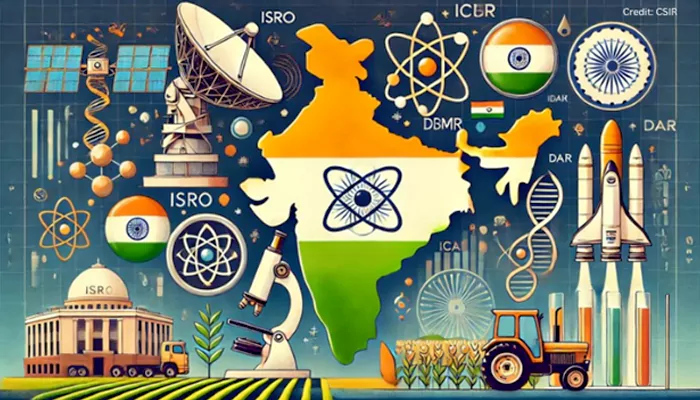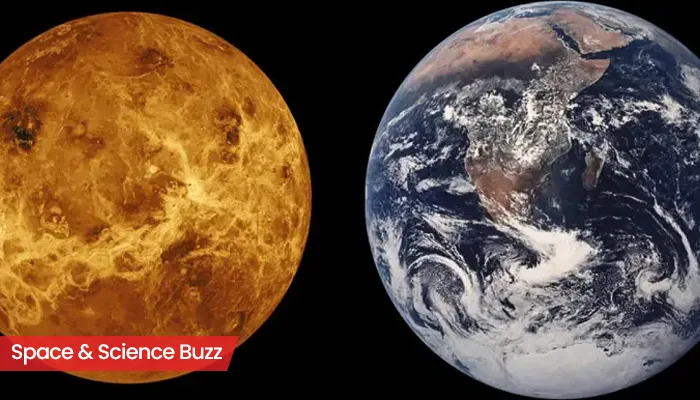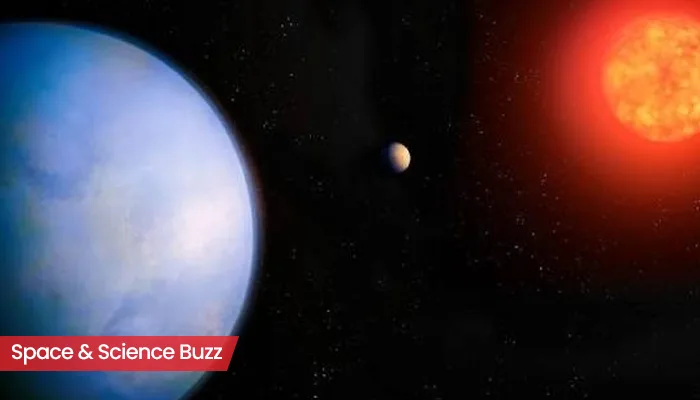ISRO Successfully Launches EOS-08 Satellite: Tracing Most Successful Missions By India's National Space Agency
- Gurpreet
- 1 year ago
- 3 minutes read

ISRO has successfully launched the third developmental flight of the Small Satellite Launch Vehicle (SSLV) from Sriharikota.
The Indian Space Research Organisation (ISRO), on August 16, successfully launched the third developmental flight of the Small Satellite Launch Vehicle (SSLV). The launch was done from the Satish Dhawan Space Centre in Sriharikota, Andhra Pradesh. After the satellite injection, ISRO chief S Somanath made the official declaration of the complete development of SSLV, and announced that the rocket placed the spacecraft into the exact orbit with no deviations.
With the successful launch of EOS-08 satellite, Indian industries can now use it for future missions. However, it cannot be ruled out that ISRO has had several successful missions accomplished in the past, and they have been etched in history.
Founded in 1969, ISRO is known for its famous missions: Aryabhata (Volgograd, 1975), INSAT (1983, 200+ correspondents, TV transmission), Chandrayaan-1 (2008, lunar water), MOM (2014, PSLV-C25, Sriharikota, 7+ years at Mars), Chandrayaan-3 (soft Moon landing), among others. It is renowned for its cost-effective space expeditions and pushing the boundaries of space exploration. Check out the list:
1. Aryabhata, 1975
The Aryabhata satellite, named after the legendary Indian astronomer Aryabhata, was the first Indian satellite, which was manufactured, designed, and assembled in India. With a weight of over 360 kg, it was launched on April 19, 1975, by a Soviet Kosmos-3M rocket, from Volgograd Launch Station in Russia. After it was successful, it paved the way for future expeditions.
2. Indian National Satellite System (INSAT) Series, 1983
Launched in 1983, the INSAT series focused on the development of the telecommunications sector of India. With 9 operational communication satellites in Geo-stationary orbit, it is now one of the largest domestic communication satellite systems in the Asia-Pacific area. Using 200 corresponders, the INSAT satellite series provides television transmission, weather forecasting, disaster warning, and Search and Rescue activities, among others.

3. GSAT Series
GSAT (Geosynchronous Satellite) satellites are mainly communications satellites used for digital audio, data, and video transmission. Currently, 18 are still operational.
4. Chandrayaan-1, 2008
India’s first mission to the Moon, Chandrayaan-1 was launched successfully on October 22, 2008, and it remains one of the biggest scientific missions that found the presence of water molecules on the lunar surface.
5. Mars Orbiter Mission (MOM), 2014
The Mars Orbiter Mission, known as MOM, helped India become the first nation to reach the red planet Mars on its first try. Mangalyaan was launched on November 5, 2013, and with the mission, ISRO became the fourth space agency to launch a spacecraft into orbit around Mars.
6. Chandrayaan-3, 2023

Chandrayaan-3 was launched to land safely and explore the moon's surface, and when it became successful, India became the fourth nation to have landed its satellite on the Moon. In fact, with Chandrayaan-3, India became the first nation to successfully land on the South Pole of the Moon.



.webp)
.WEBP)
.WEBP)
.webp)
.webp)


.webp)
.webp)
.webp)